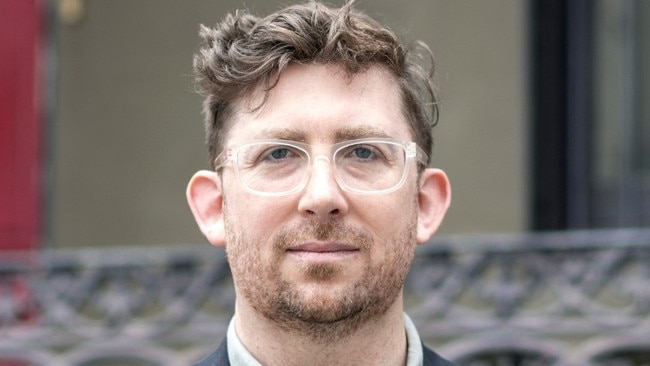Availability of rentals under $400 ‘has halved’
The share of properties listed at under $400 has halved to its lowest level since 2018, with real estate experts forecasting the harsh conditions will remain for at least 12 months.
The rental affordability crisis is showing no signs of softening, with new data revealing the share of listed rentals below $400 has almost halved over the past year as property experts say tight conditions could remain for at least 12 months.
The share of properties under $400 a week dropped to 17.6 per cent this month from 32.8 per cent the same time last year, according to the latest PropTrack Market Insight Report.
Most Australian capital cities are bearing the brunt of the rental crunch, with the outstripping of supply owed to regional and overseas migration, share house tenants seeking their own housing and the decreased take-up of investment properties.
PropTrack director economic research and report author Cameron Kusher said an upturn in rental availability may not be seen until next year, with total properties listed for rent on realestate.com.au under at the lowest level since 2018.
“The quickest way to get more rental stock is to get more people buying investment properties, but that’s just not happening,” Mr Kusher said. “Once interest rates start moving and once we get to the low point of these price declines we’re in … maybe that’s when we’ll start to see investors jumping back in.”
The ACT had the lowest share of rentals under $400 with listings at 0.9 per cent in February this year, while Melbourne has the highest rate of all capital cities at 15.6 per cent, almost half of what it was compared to this time last year when availability was 32.9 per cent.
Sydney’s under-$400 rental availability was at 4.9 per cent and Brisbane at 9.9 per cent.
Adelaide, Perth, Canberra and regional Western Australia’s rental listing under this price also halved, with Hobart and Darwin exempt from the slowdown.
Mr Kusher said there was more demand for houses during the pandemic because of the desire for open space but these are now the dwellings experiencing the strongest decline, falling from 42.5 per cent as the start of pandemic to 13.6 per cent this month.
“More people have to go into units. It also means people have to move further away from the city centre, or from where the jobs are … particularly in Sydney and Melbourne, that’s longer travel times and more tolls if you have to drive to work,” he said.

Tenants Union of NSW chief executive Leo Patterson Ross said calls made to their tenants and advice services about rent increases had tripled from last year. “It’s not that these [$400] properties don’t exist anymore, it’s that the properties are priced up … We also know that most of the supply or even entirely new supply comes in at higher price points,” he said.
“One of the features of the current crisis is that it is really affecting everywhere … all at once.”
Mr Ross said there was not enough public and community housing and many renters would be forced to resort to share housing so they could obtain affordable shelter.




To join the conversation, please log in. Don't have an account? Register
Join the conversation, you are commenting as Logout